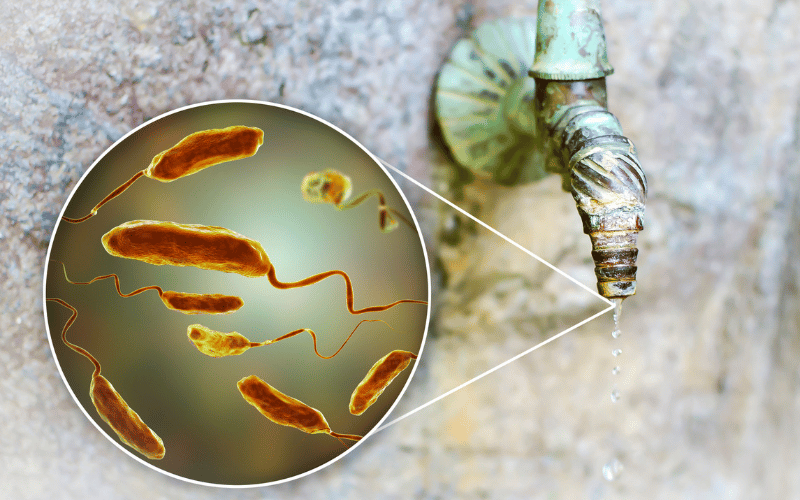7. The Cholera Chronicles: Waterborne Woes

Take a sip of contaminated water, and you might unknowingly invite Vibrio cholerae into your system. This bacteria leads a double life—both in aquatic environments and inside human intestines. Once ingested, it springs into action, causing havoc in your digestive tract.
While cholera outbreaks are less common in developed countries thanks to advanced sanitation, the bacteria are far from eradicated. It’s like that old villain from 19th-century novels, lurking in the dark corners of impoverished areas and striking when you least expect it. Cholera’s preferred breeding grounds include contaminated water sources, making it a persistent threat in places with poor hygiene standards.
Now, why is cholera so effective? It produces a toxin that disrupts the way your intestines absorb water. Picture your digestive system turning against you, effectively purging fluids instead of retaining them. It’s an insidious mechanism that can result in severe dehydration, causing symptoms so aggressive that they can be fatal within hours if not treated promptly. (7)